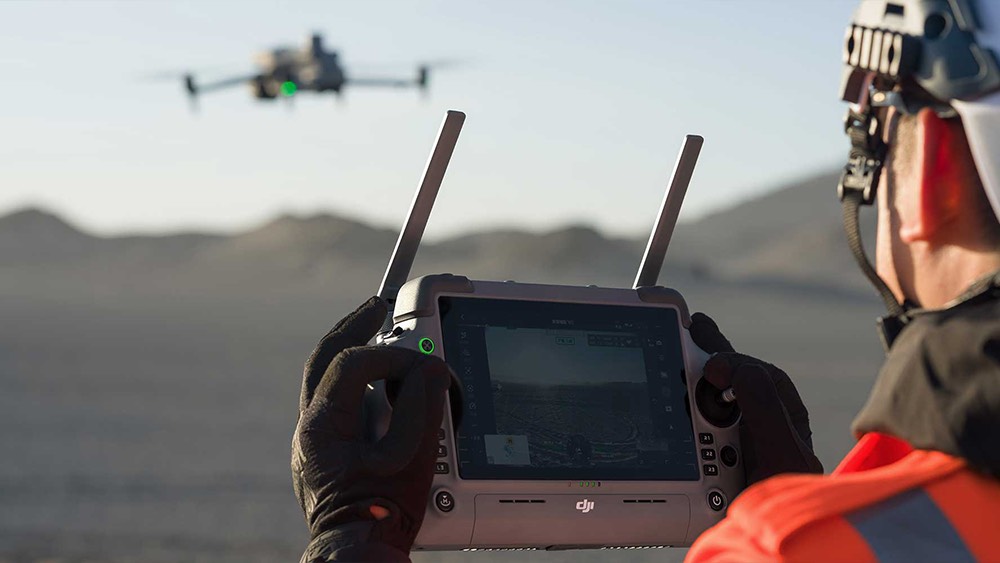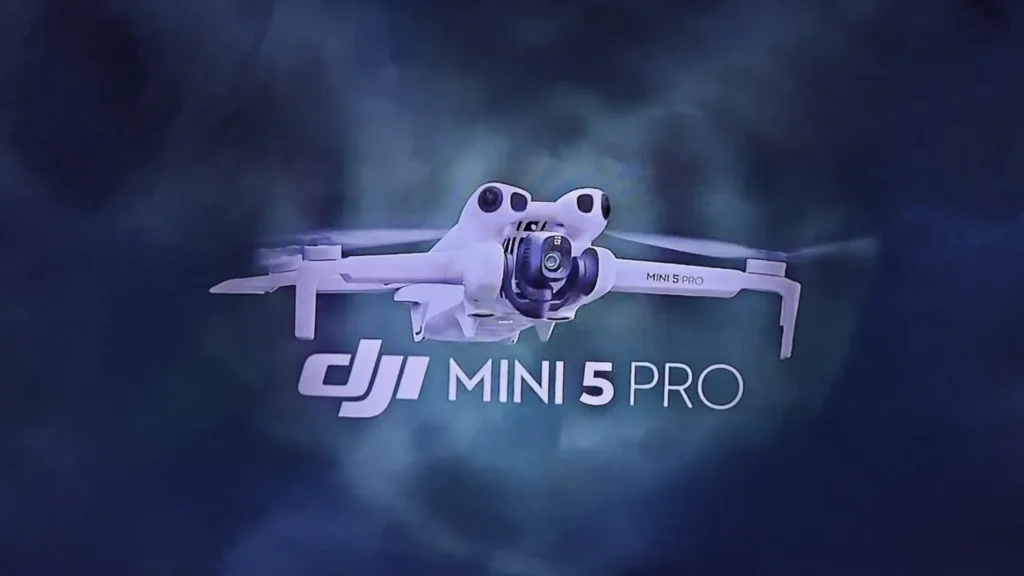How to Select the Ideal Drone for Your Enterprise Needs
In recent years, enterprise drones have rapidly transformed from niche gadgets into essential tools for a wide array of industries. The global enterprise drone market is projected to grow substantially, driven by advancements in drone technology, artificial intelligence, and regulatory support. By 2025, the market is expected to expand beyond $2 billion and continue its upward trajectory, impacting sectors like agriculture, construction, logistics, public safety, and infrastructure inspection. Businesses that adopt drones can streamline operations, improve data accuracy, and reduce risks associated with manual inspections and surveys, making drones a core part of modern enterprise strategies.
However, selecting the right enterprise drone can be a complex decision shaped by diverse business requirements and operational contexts. Different applications require specialized drone capabilities—for example, surveying vast agricultural lands demands long-flight endurance and high-resolution imaging, while infrastructure inspections need precision, maneuverability, and the ability to carry specialized sensors like thermal or LiDAR cameras. As drones come with various payload options, flight ranges, and autonomy levels, enterprises must align their drone choice with intended use cases, budget constraints, and scalability goals to optimize returns on investment.
This guide aims to demystify the process of choosing the ideal enterprise drone for your business needs. It covers critical factors such as payload types, flight capabilities, software ecosystems, and regulatory compliance. Whether you are investing in drones for aerial mapping, inspections, or data analytics, this blog will help you understand the key features and considerations to make a confident, informed purchase. Taking the time to match drone technology with your unique business challenges can unlock immense operational efficiencies and create a competitive advantage in an increasingly drone-enabled world.
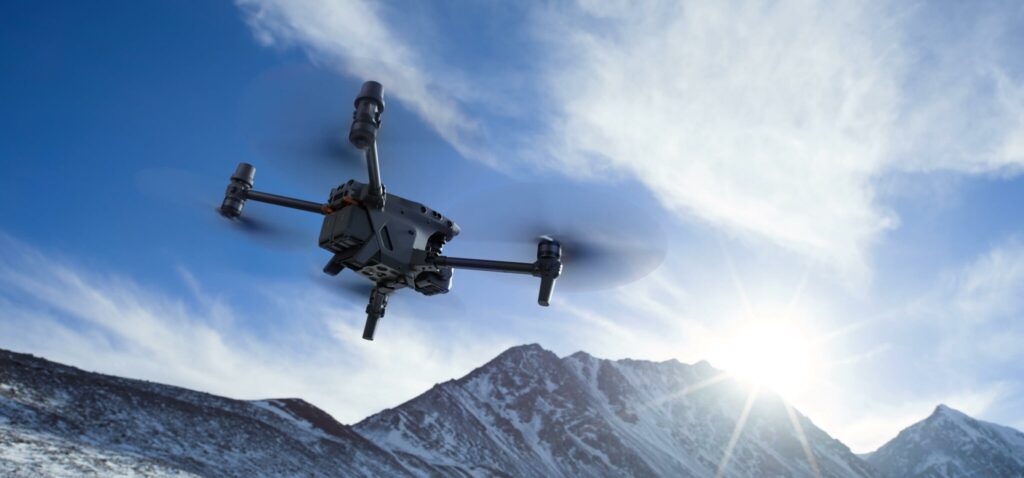
Define Your Business Objectives Before you buy a drone
The first and most critical step in selecting the ideal enterprise drone is to clearly define your business objectives. A drone is a tool, and like any tool, it works best when its purpose is well understood.
Start by asking yourself the following questions:
-
What tasks will the drone perform?
Different industries require different drone capabilities. Will the drone primarily be used for inspections of infrastructure such as bridges, power lines, or industrial sites? Or will it be needed for mapping and surveying large areas with precision? Perhaps your business requires drones for security monitoring, surveillance, or logistics and delivery operations. Identifying the core function helps narrow down drones that are specifically built for those tasks, rather than opting for a general-purpose model that may underperform. -
Do you need specialized sensors or equipment?
Enterprise drones can carry a variety of payloads, from standard high-resolution cameras to advanced sensors such as thermal imaging cameras for detecting heat anomalies, LiDAR for 3D mapping, or multispectral sensors for precision agriculture. Knowing what type of data you need to collect ensures you choose a drone capable of supporting the necessary payloads without compromising stability or flight time. -
How often will the drone be used, and in what environments?
Consider whether your drone will be used for frequent daily operations or occasional projects. Will it operate in harsh industrial environments, windy outdoor conditions, or even during light rain? Some drones are built for rugged use and extreme conditions, while others are better suited for controlled or indoor environments. Understanding usage frequency and environmental factors will help you select a model that is durable, reliable, and cost-effective over time.
Tip: By thoroughly defining your objectives, you create a clear roadmap for selecting the right drone — one that maximizes efficiency, safety, and ROI for your enterprise operations.
Payload and Sensor Requirements
Types of Payloads & Their Applications
| Sensor Type | Description | Typical Use Cases | Visual Suggestion |
|---|---|---|---|
| RGB Cameras | High-resolution photos and videos for documentation | Infrastructure inspection, documentation, surveys | A drone equipped with high-res camera |
| Thermal Cameras | Detects heat signatures for energy audits, firefighting | Building inspections, fire rescue, energy audits | Thermal imaging in action |
| LiDAR Sensors | Laser-based terrain mapping and obstacle detection | Topographical maps, forestry, construction planning | LiDAR scanning on a hillside |
| Multispectral Sensors | Captures data across multiple spectral bands | Agriculture, environmental monitoring | Multispectral imagery of farmland |
Tip: Always ensure the chosen payload is supported by your drone without compromising flight stability or battery life. For example, adding heavy sensors like LiDAR or thermal cameras can affect flight endurance—select drones with sufficient power and payload capacity.
Proper selection guarantees that your drone delivers precise, actionable data, minimizing operational costs and maximizing productivity.
Important Considerations
-
Weight Limits: Verify the maximum payload capacity of your drone to avoid compromising flight safety or drone longevity.
-
Data Quality & Sensor Compatibility: Make sure the sensor resolution meets your operational standards and is compatible with your data processing software.
-
Power and Battery Life: Heavier payloads drain batteries faster. Opt for drones with extended flight times if your applications demand lengthy missions.
Visuals to Enhance Understanding
- An infographic showing different payloads attached to a drone, illustrating their positions and typical use cases.
-
Photos of drones with various sensors mounted during real operations.
-
A simple chart comparing payload weight and flight time impacts.
Choosing the right payload isn’t just about carrying capacity; it’s about aligning sensor capabilities with your specific industry needs.
https://dronevex.in/wp-content/uploads/2025/10/1013519c-362e-4331-a5dc-d1eb63d55bdf-1.mp4
Ease of Operation and Software
When investing in enterprise drones, usability is just as important as hardware capabilities. A drone equipped with advanced technology is valuable only if your team can operate it efficiently and safely. A user-friendly drone system can drastically reduce training time, minimize human error, and accelerate mission success.
Key Features to Look For
-
Intuitive Ground Control Software: Easy-to-use interface with drag-and-drop mission planning and visual flight paths for stress-free operations.
-
Autonomous Flight Modes: Waypoint navigation, orbit mode, and automated return-to-home ensure precise, consistent flights with minimal operator effort.
-
Real-Time Mobile Monitoring: Live video, telemetry, and mission status via mobile apps enable quick decisions and seamless team collaboration.
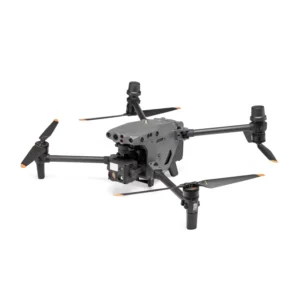
Durability and Environmental Resistance
Enterprise drones often operate in challenging and unpredictable industrial environments. Selecting a drone that can withstand harsh conditions is essential to ensure consistent performance, reduce downtime, and avoid costly repairs.
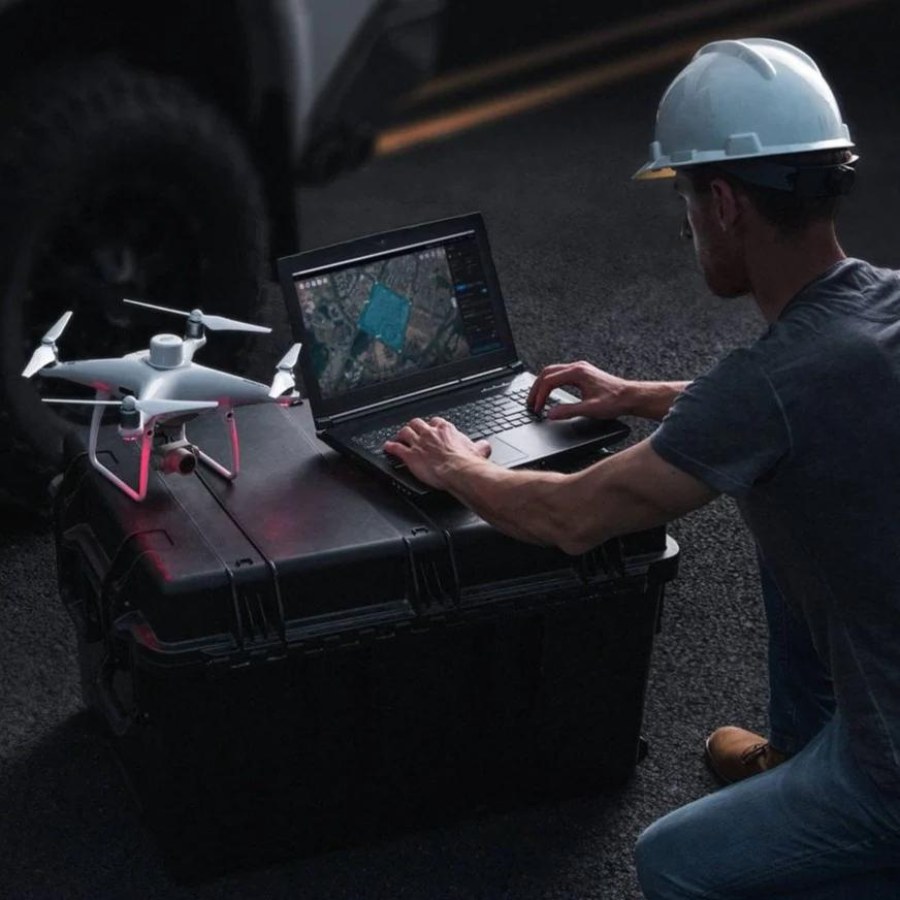
What to Look For in Durability
- Weather Resistance:
Select drones with certifications like IP54 or IP55, indicating protection against dust and water splashes, suitable for outdoor and industrial conditions. - Robust Frame Construction:
Carbon fiber or reinforced polymer frames provide durability to absorb impacts and vibrations, allowing reliable performance in tough terrains. - Obstacle Detection and Collision Avoidance:
Advanced sensors help detect obstacles and avoid collisions, ensuring safer operations in complex industrial environments. - GPS Fail-safes and Redundancies:
Reliable GPS systems and fail-safe features enable the drone to return safely during signal loss or technical issues. - Battery Protection and Thermal Management:
Opt for drones with intelligent battery systems that include overheating protection, automatic power regulation, and efficient thermal management. This ensures consistent performance in high-temperature or high-altitude operations, extending both battery life and overall drone longevity.
Cost vs ROI
The true value of an enterprise drone lies not in its price tag but in the measurable outcomes it delivers. A drone that reduces inspection time by 50% or eliminates the need for expensive scaffolding and manual labor can quickly offset its purchase cost. Additionally, high-quality data captured through advanced imaging translates into better decision-making and predictive maintenance, leading to substantial savings over time. Evaluating total cost of ownership versus productivity gains helps businesses make smarter, future-ready investments.
Investing in enterprise drones should be viewed as a strategic business decision rather than an expense. Choosing a cheaper model may limit your capabilities and increase operational inefficiencies down the line. On the other hand, investing in a reliable, feature-rich drone with strong after-sales support ensures consistent performance and long-term value. The key is to assess how the drone’s output—whether data accuracy, speed, or safety improvements—contributes to your organization’s bottom line.
Conclusion
Selecting the right enterprise drone is more than just comparing specs — it’s about aligning technology with your operational goals. Whether you’re optimizing inspections, enhancing mapping accuracy, or improving situational awareness, the right drone can redefine efficiency, safety, and data quality across your organization. By carefully evaluating factors like purpose, payload, flight performance, and software capabilities, you can invest in a solution that not only meets your current needs but also scales with your future ambitions.

